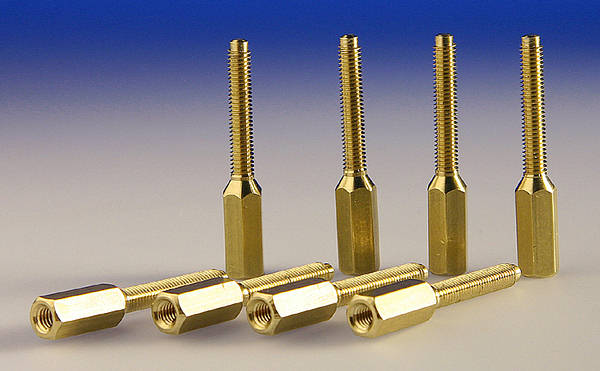Hi
I am replacing old plastic plug and light sockets with chrome ones.
The instructions for the chrome ones say they must be earthed, obviously as they are metal.
I don't fully understand this though.
In all of the wiring there are three wires, live, neutral and earth which I wire into the appropriate terminals on the light.
However there is an EXTRA earth terminal on the side of the light socket. Should I also be getting an extra piece of copper wire (sleeving it yellow/green) and wiring this from the spare earth terminal on the side of the socket to the other earths?
Just not sure why there is this extra earth bit on the side of the socket. Some of the sockets I'm replacing are the gold/brass metal ones and these do not have any extra bit of wiring.
Very grateful for any advice on this.
I am replacing old plastic plug and light sockets with chrome ones.
The instructions for the chrome ones say they must be earthed, obviously as they are metal.
I don't fully understand this though.
In all of the wiring there are three wires, live, neutral and earth which I wire into the appropriate terminals on the light.
However there is an EXTRA earth terminal on the side of the light socket. Should I also be getting an extra piece of copper wire (sleeving it yellow/green) and wiring this from the spare earth terminal on the side of the socket to the other earths?
Just not sure why there is this extra earth bit on the side of the socket. Some of the sockets I'm replacing are the gold/brass metal ones and these do not have any extra bit of wiring.
Very grateful for any advice on this.






